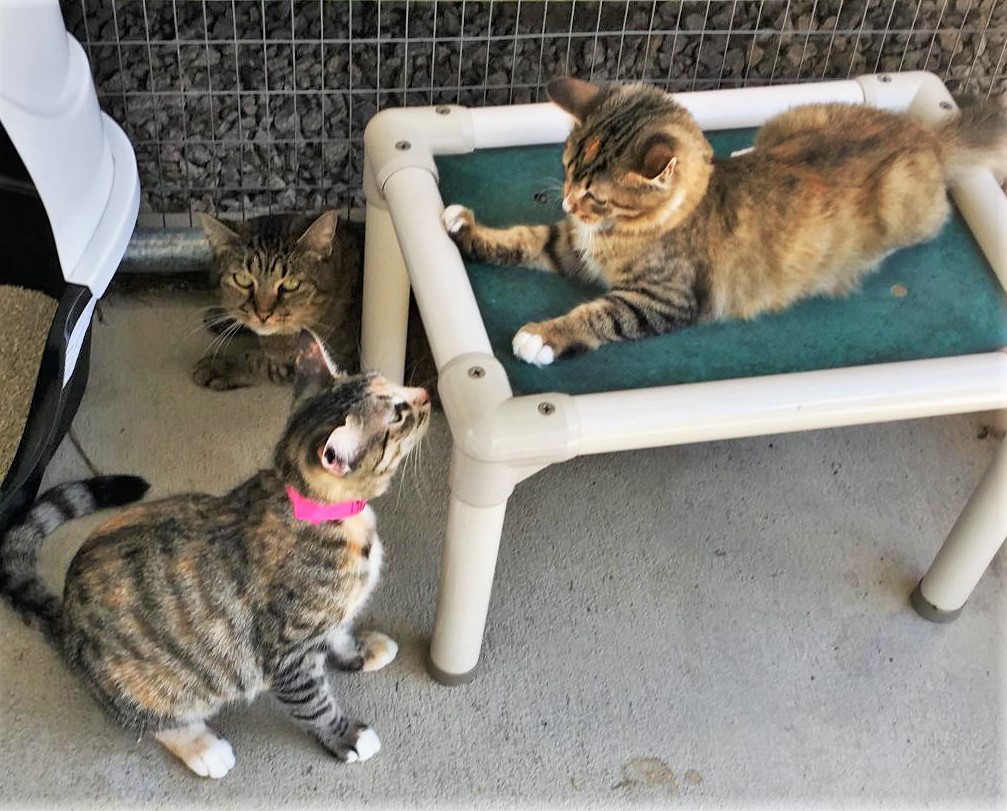Looking to adopt a feline friend? Now is a great time to make the plunge and visit the Aiken County Animal Shelter. A flood of strays and surrendered pets is hitting the shelter and these beautiful animals need homes.
Young kittens are in cat condos located in the front lobby and most older kittens and adult cats are housed together in the shelter’s newly renovated feline facility.
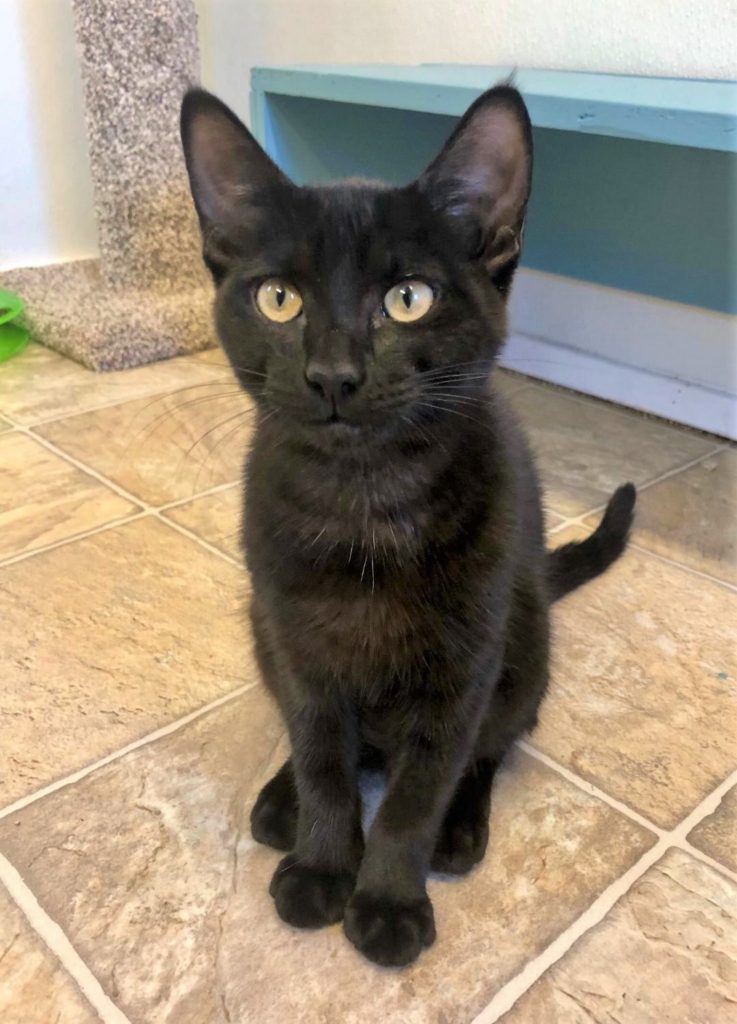
When selecting a cat, first observe their behavior. Whether the cat is alone or with another feline, you can quickly assess their personality. Observe if they are shy or confident, playful or laid-back, chatty or quiet. Then, choose accordingly.
Meet the kitties in the feline facility
Regardless of their independent nature, cats respond to attention and love. To approach a cat in the indoor/outdoor facility, crouch low so as not to intimidate the feline and extend your hand so he can sniff it. If he accepts you by licking your hand or coming closer, slowly rub his forehead or lightly scratch under his chin while speaking in a low, calm voice. Gentle petting should follow as long as his ears remain up, the tail is not flicking, and he is not cowering or hissing.
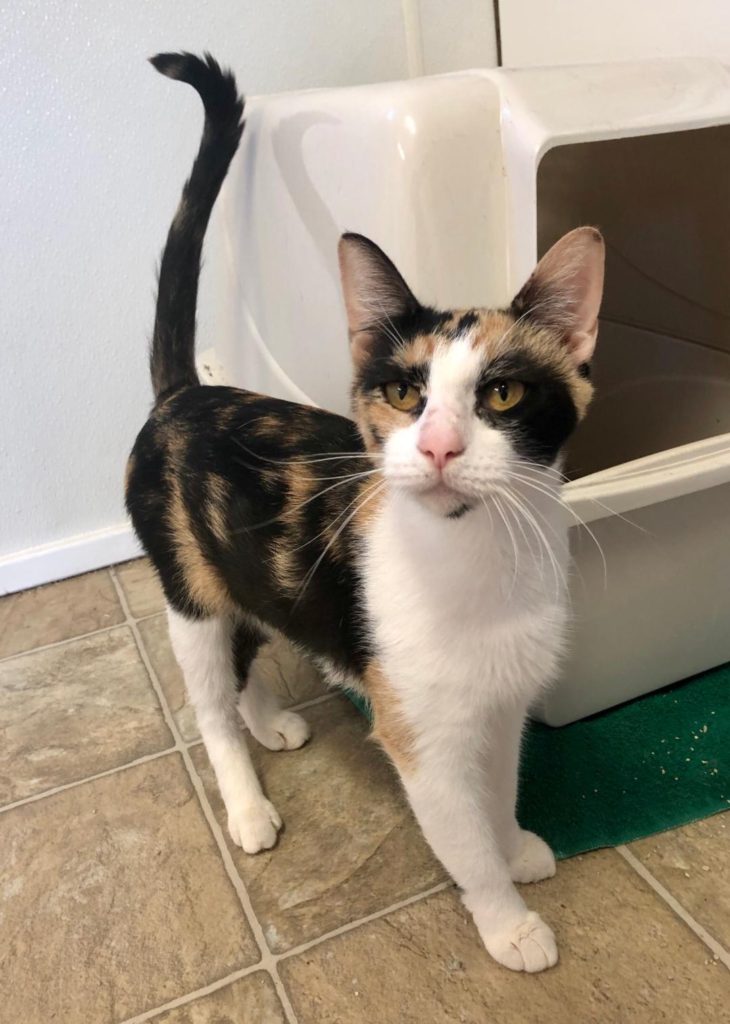
Kittens in the front lobby
If the feline is in a cat condo or kennel, ask a volunteer or employee to open the door so you can pet him. For a kitten that is more active or playful, a trip to the shelter’s adoption room is a good idea. There, you can get a better idea about his personality and try out different toys for him to enjoy.
Shelter cats at the Aiken PetSmart store
The shelter also transports cats and older kittens to the Aiken PetSmart, where they can be adopted on-site. These felines are showcased in cat condos located in the back of the store. Description cards are posted on the condos to inform you of each cat’s background and personality traits. If you want to spend a little time with one of the cats, just ask a PetSmart employee to assist you.
Bringing your new pet home
Once you select a cat and bring him home, let him explore your residence. It is natural and enables him to define the kingdom he will soon rule. Leave the carrier he came home in near his food and water so he can have a place where he feels safe.
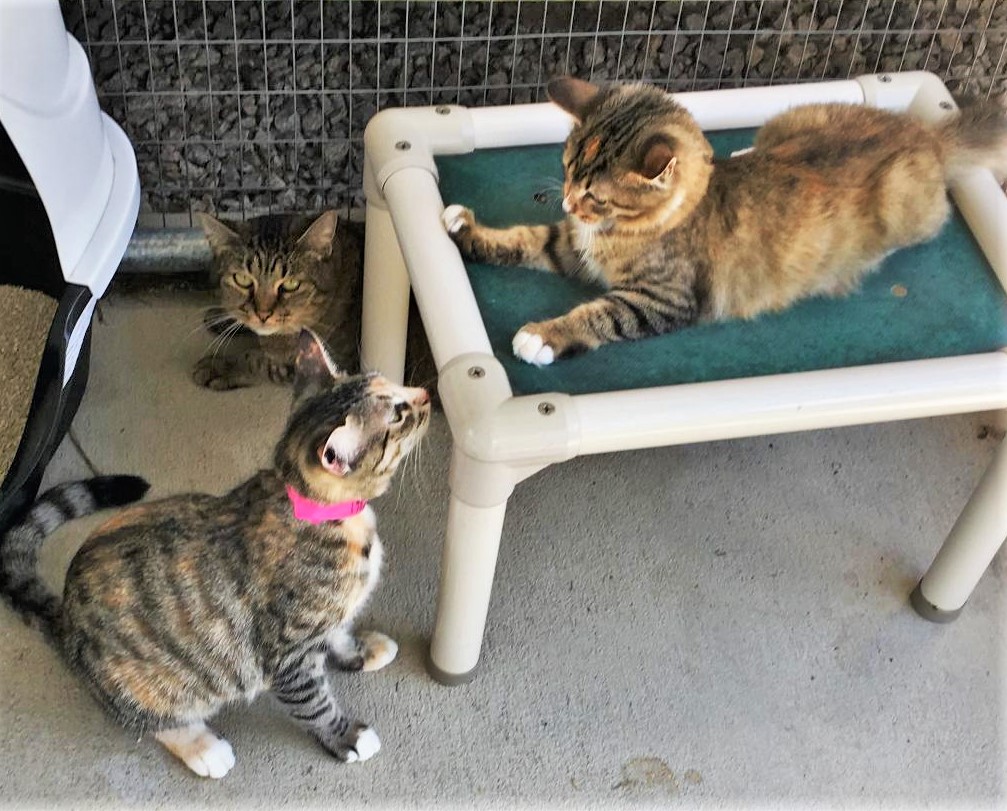
Don’t let him outside even if you plan to make him an outdoor cat. He first needs to learn the lay of the land as well establish that you are his source of food and care – a process that takes at least a month. Keep in mind that the life expectancy for indoor cats is 14-19 years while that of those that go outside is 5-7 years. The Shelter strongly recommends keeping your cat indoors.
If you have other pets, wait at least one day before introducing them to allow your cat to decompress from the stress of moving to a new place. Spend as much time with your cat as possible and talk to him. Your calm voice and affection are what he needs to bond with you.
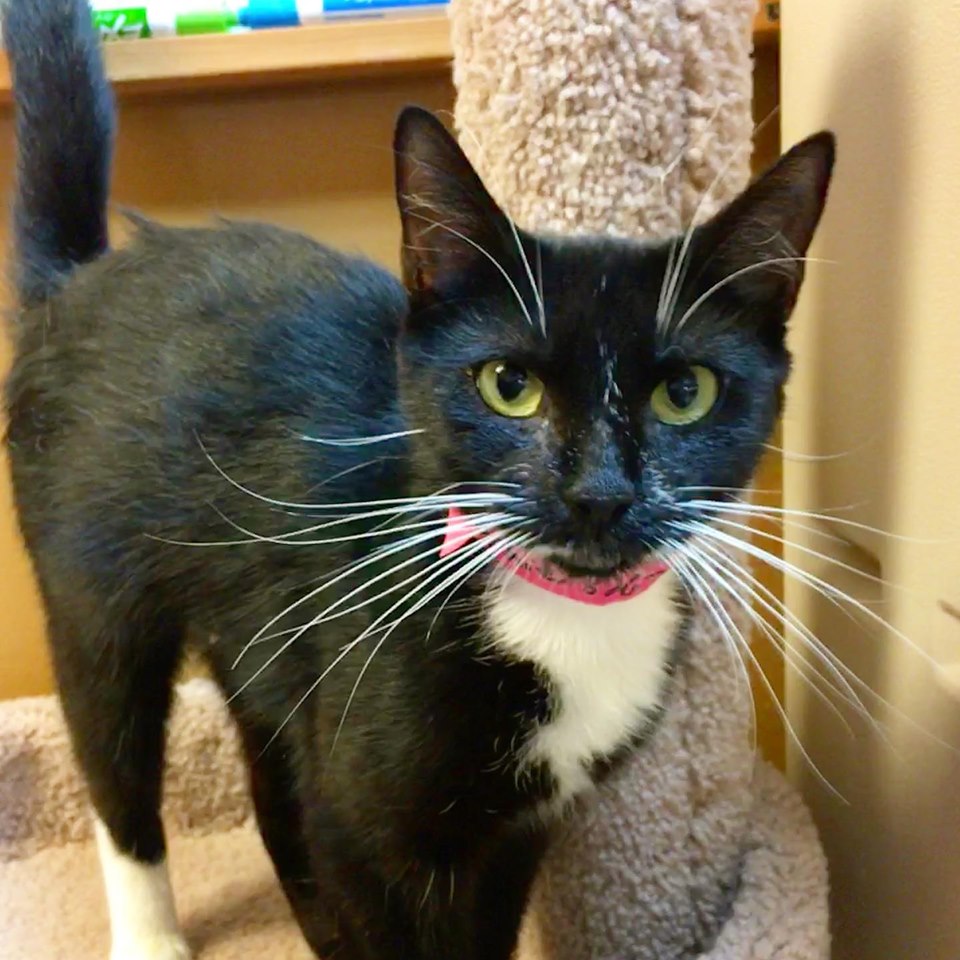
To ensure he gets needed exercise and satisfies his hunting instinct, play with your cat using different feather and mouse toys. Most importantly, enjoy your new feline companion and shower him with love and good care. You have just saved a cat and given him a second chance at a great life!
— By Steve Masterson, FOTAS Volunteer


